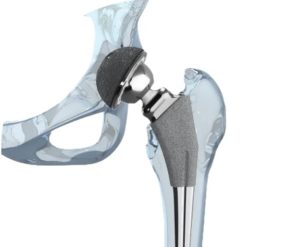There’s some quibbling over the methodology used to determine it, but it does seem to be clear – the Greensboro area has some bad bridges.
The News & Record reported recently that an overpass in south Greensboro was named AAA Carolina’s worst bridge for the third year in a row. Further, the Greensboro area was found to have three of the state’s 12 worst bridges.
Statewide, almost $500 million was spent repairing and replacing bridges last year. The number of bridges rated in good condition is 68 percent – 9,200 out of 13,500.
Crews place a polymer deck panel on a bridge over Mill Creek in Union County.
The N.C. DOT says the AAA’s numbers are off some, because they place more emphasis on how much a bridge is used, and bridges in some places are in worse condition but are not ranked as poorly because they are traveled less. The DOT says its inspections of bridges are based more on the engineering of the bridges.
That would make sense in Guilford County’s ranking, given that Greensboro, after all, is known as the Gate City because of its heavy travel as a transportation hub. Guilford County ranked second highest in the state in substandard bridges, behind the Asheville area and Buncombe County.
All that is neither here nor there, given that a surprising 32 percent of bridges are in substandard condition statewide. North Carolina can do better.
The state’s worst bridge, built in 1955, passes over South Buffalo Creek in Greensboro. The DOT said contractors made major improvement to it six years ago, that it is scheduled to be replaced 2019, and does not pose a risk of collapse. It carries an average of 123,000 vehicles daily.
The Triad ranked poorly in the survey, with four of the state’s worst bridges found here.
But this region, and North Carolina, for that matter, are not alone. A report on the “Better Roads” website from 2013 lists Washington, D.C., Rhode Island, New York, Pennsylvania and Massachusetts as the worst areas for deficient bridges.
Overall, though, officials say the surveys and studies show slow but steady improvement in bridge conditions. The consensus is that the main obstacle to bridge quality remains funding.
And after all, how often does one hear of a bridge collapsing in this state? But no accidents happening doesn’t mean an accident isn’t waiting to happen. It reminds me of a bridge I saw after an overflow of the Deep River in Randolph County, a bridge that has since been torn down to make way for the Randleman Reservoir.
The day after the flood, I went to take a look at the bridge out of curiosity. As I walked across the bridge, I expected to find a slightly damaged metal structure. Instead, I found myself walking across bare wooden planks. The rushing water of the flood had ripped away the tar paving that had been slapped over an old wooden bridge. It gave me quite a chill.
The problem may be even worse than surveys show.










Comments for this article are closed.